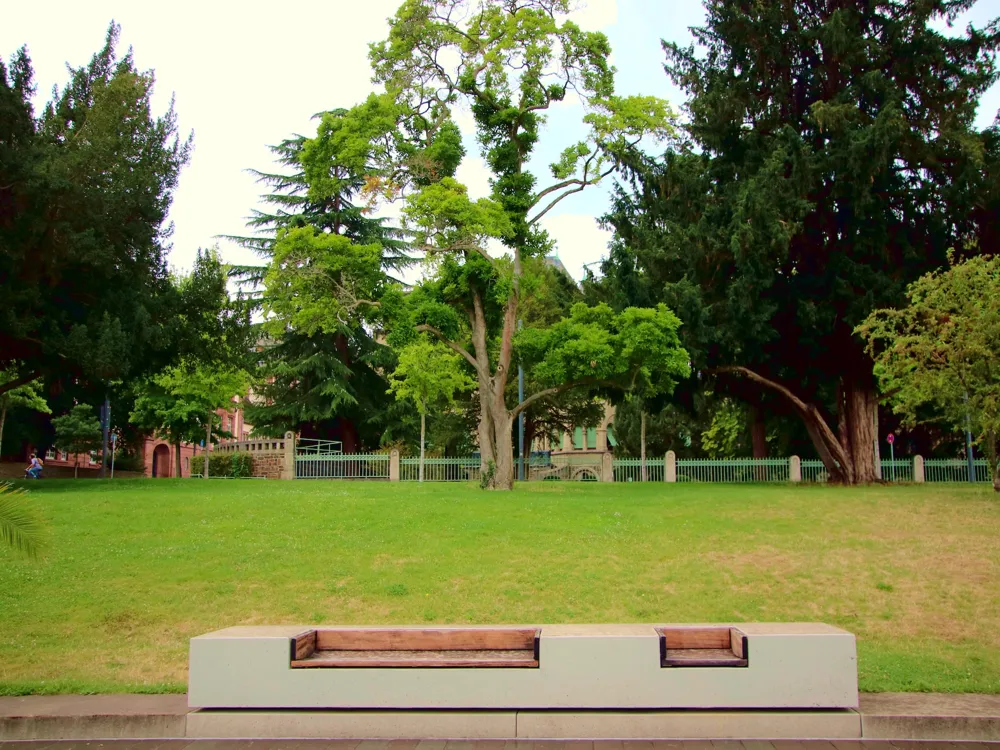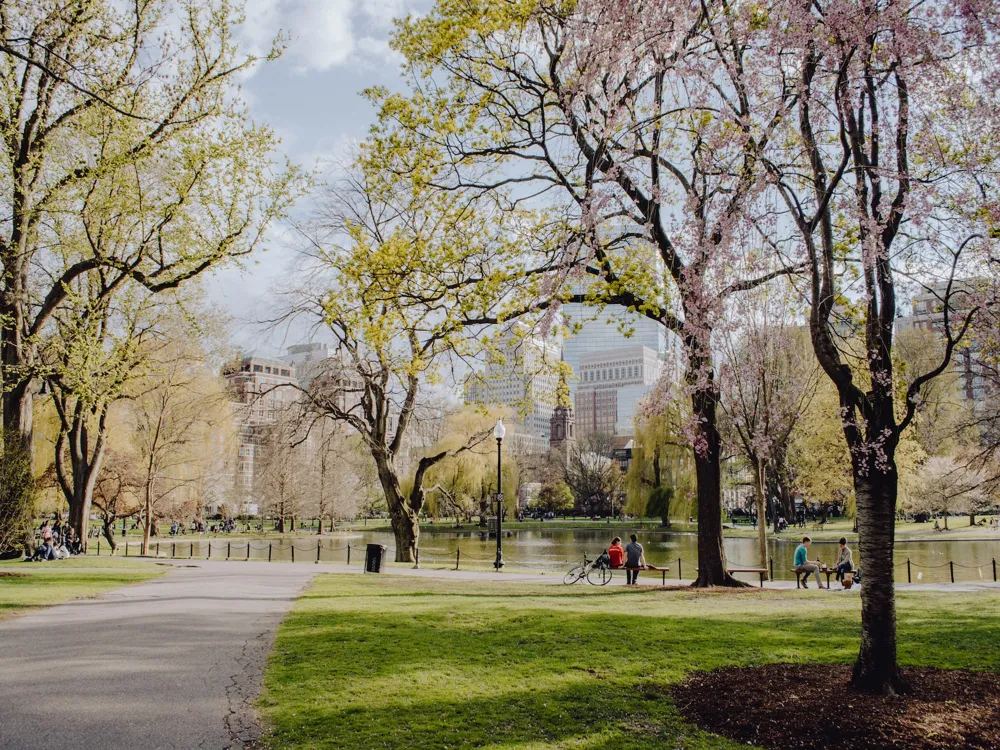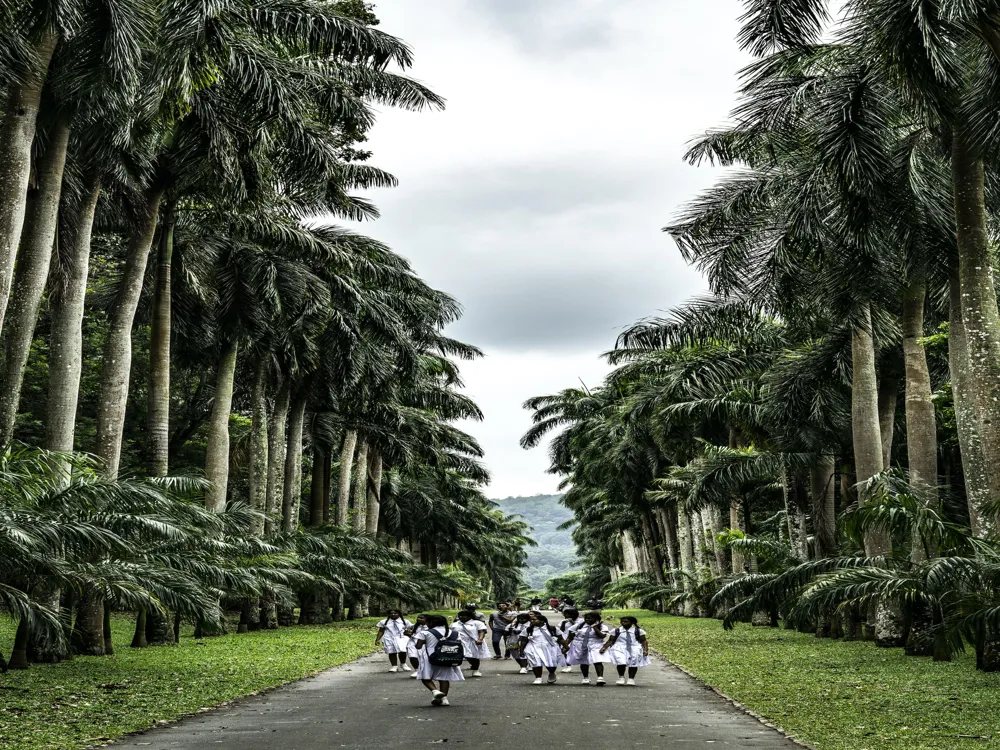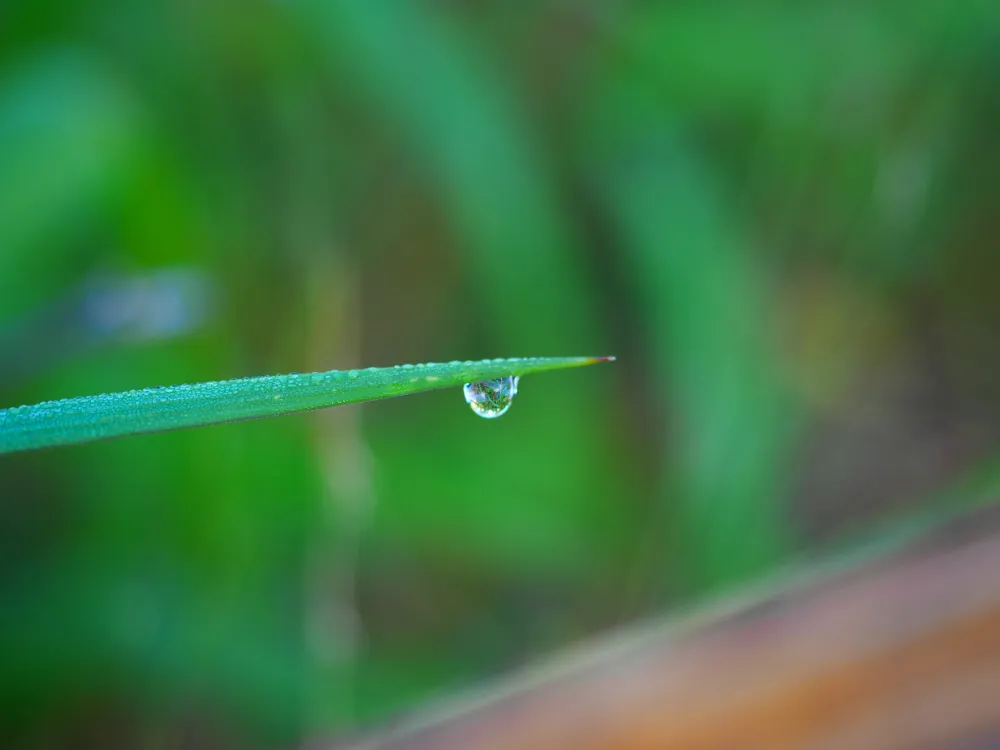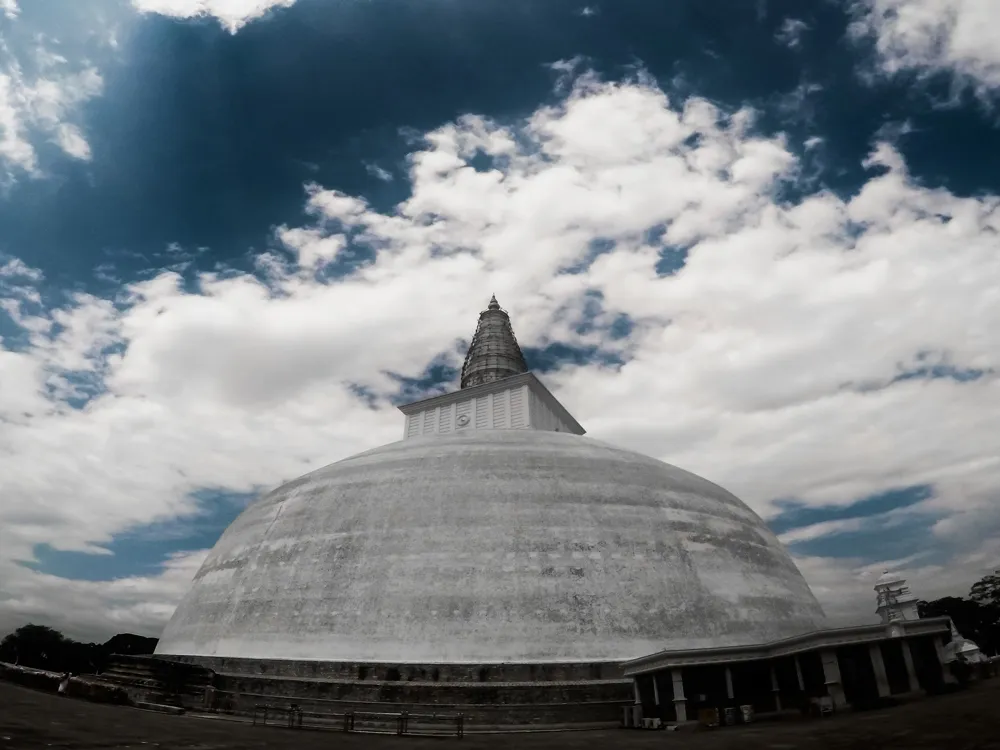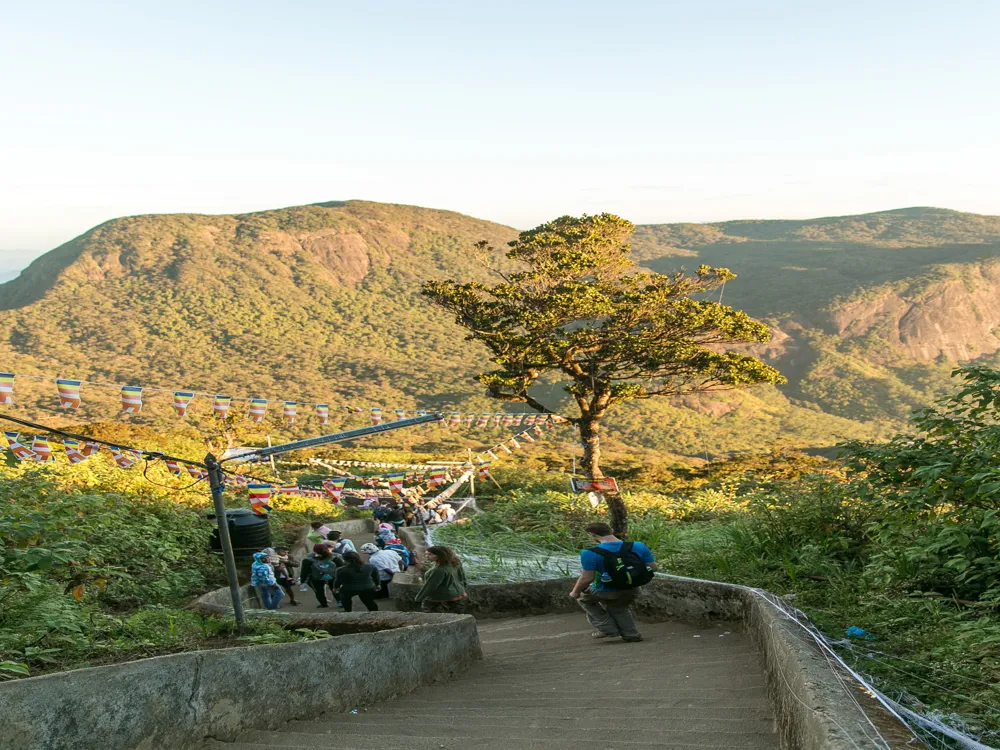Plan Your Travel To Lunugamvehera National Park
Lunugamvehera National Park Travel Essentials
Rating:
Weather:
Ideal duration: 1-2 days
Best Time: May - September Read More
Planning a Trip? Ask Your Question
Places To Visit In Lunugamvehera National Park
"Sri Lanka's Wildlife Corridor For Elephants!"
Lunugamvehera National Park Tourism
Lunugamvehera National Park, nestled in the heart of Sri Lanka, stands as a testament to the country's rich biodiversity and natural beauty. Encompassing a vast expanse of lush landscapes, this park has become a haven for wildlife enthusiasts and nature lovers alike. Established in 1995, Lunugamvehera is not just a park; it's a sanctuary where visitors can immerse themselves in the untamed allure of Sri Lanka's wilderness.Lunugamvehera National Park is a protected wildlife reserve located in the southeastern part of Sri Lanka. The park is known for its diverse ecosystems, rich biodiversity, and the opportunity to observe wildlife in their natural habitats.
Located adjacent to Yala National Park, Lunugamvehera National Park is home to a different array of species, ranging from Sri Lankan mammoths to the aboriginal Atukorale’s dwarf toad. Designated as a defended area in 1995, Lunugamvehera National Park is a wildlife corridor for mammoths migrating between Yala and Udawalawe National Parks. Although not as notorious as its neighbour, there's clearly no shortage of terrestrial, submarine, or avian residents at Lunugamvehera National Park. Some of the species then include mammoths, leopards, spotted deer, tufted slate langurs, and others. But the stunning birdlife is the cynosure of all eyes, incompletely due to the multitudinous submarine species similar to painted storks, black-headed ibis, and spot-billed pelicans at the touching Lunugamvehera force. For an occasion to explore the demesne at one’s leisure, callers can also stay at a bungalow run by the Department of Wildlife Conservation, opposite a tank at the demesne’s demesne. If you're looking for a birdwatching excursion away from the hustle and bustle of the notorious public parks,. Lunugamvehera National Park in Sri Lanka was declared in 1995 with the intention of guarding the catchment area of the Lunugamvehera force and wildlife in the area. The public domain is an important niche for water catcalls and mammoths. The catchment area is vital to maintain the water situation of the five tanks in the down sluice of Kirindi Oya and the swamp characteristics of Bundala National Park. This public demesne also serves as a corridor for mammoths to resettle between Yala National Park and Udawalawe National Park. The public demesne is positioned 261 km( 162 mi) southwest of Colombo. After being closed because of the Sri Lankan civil war, the public domain is now open to the general public. Lunugamvehera National Park protects the immediate catchment area of the Lunugamvehera force, serving as a link between the Yala defended area complex to its east and Udawalawe National Park to its west, easing the ranging of Asian mammoths to and from areas similar to Haldummula and Koslanda in Uva Province and the southern region of Sri Lanka. Lunugamvehera National Park is a popular public demesne in Sri Lanka that's most notorious for spotting an array of avifauna and the island's gentle titan, the Sri Lankan giant. Acting as a migration corridor between the near defended premises of Yala and Udawalawe public premises, Lunugamvehera National Park provides the ideal place to spot herds of mammoths. Other generally spotted occupants of the demesne include wild buffalo, wild boar, sambar deer, slate mongoose, fishing cat, grizzled giant squirrel, and more. The Lunugamvehera National Park was established in 1995 with the intent of establishing an important catchment area for the Lunugamvehera Reservoir and as a sanctuary for the wildlife in the area. The demesne also acts as a giant corridor between the Yala National Park on the east and the Udawalawe National Park on the west, easing the creatures to move from one to the other, in addition to furnishing a favourable niche for mammoths coming from the near Uva and Southern regions, making it a favored destination for elephantsighting. Wildlife tenures in Sri Lanka. This public demesne was established to cover the catchment area of the Lunugamvehera force and the wildlife in the area. The demesne substantially acts as a hallway for mammoths to resettle from the Yala public demesne to the Udawalawe public park. This demesne, which was declared so as to cover the catchment area of the Lunugamvehera force, has analogous swamp characteristics to Bundala National Park. The catchment area is vital to maintaining the water situation in the five tanks in the sluice of Kirindi Oya. This demesne is positioned 261 km southwest of Colombo, and the elevation of the demesne is 91 metres. Out of 23,498 hectares of total land area, 14 percent—that's 3283 ha—is land under the force. The demesne is also exposed to failure because Lunugamvehera is located in the Dry Zone of Sri Lanka. The demesne substantially acts as a hallway for mammoths to resettle from the Yala public demesne to the Udawalawe public demesne. With numerous mosaic scrublands and champaigns, the Lunugamvehera demesne consists of numerous timber layers. The fauna of the demesne consists of 21 fish species, 12 amphibians, 33 reptiles, 183 catcalls, and 43 mammals. Sri Lankan elephant, water buffalo, wild boar, Sri Lankan sambar deer, grizzled giant squirrel, Sri Lankan spotted Chevrotain, Asian win civet, and Sri Lankan axis deer are some of the common mammals that reside in this spectacular demesne. Lunugamvehera is one of the defended areas where tufted argentine lungur can be set up in the wild.
Lunugamvehera National Park Travel Packages
View All Packages For Lunugamvehera National Park
Must Know Before You Travel to Lunugamvehera National Park
Sri-Lanka Tour Packages Before embarking on your journey to Lunugamvehera National Park, ensure you're well-prepared with these essential tips:
- Entry Requirements: Obtain the necessary permits and tickets in advance to streamline your entry process.
- Best Time to Visit: Plan your trip during the dry season (May to September) for optimal wildlife sightings.
- Wildlife Etiquette: Respect the park's inhabitants by maintaining a safe distance and refraining from feeding the animals.
- Guided Tours: Choosing to go on a guided safari excursion with knowledgeable local guides will improve your experience.
- Accommodation: Explore nearby lodging options, ranging from eco-friendly resorts to cosy guesthouses.
Top Hotels In Lunugamvehera National Park
View All Hotels In Lunugamvehera National Park
More on Lunugamvehera National Park Travel
Nightlife in Lunugamvehera National Park
As the sun sets over Lunugamvehera, a different kind of magic unfolds. The nocturnal creatures come to life, creating a captivating symphony of sounds. Night safaris offer a unique opportunity to witness the park's elusive inhabitants, including leopards, owls, and other nocturnal wonders.
Shopping in Lunugamvehera National Park
While Lunugamvehera is predominantly a nature reserve, visitors can indulge in shopping for locally crafted souvenirs. From handwoven textiles to intricate woodwork, the nearby markets offer a glimpse into the rich cultural heritage of the region.
Exchanging Money in Lunugamvehera National Park
Ensure a hassle-free visit by exchanging currency beforehand or utilising local ATMs. While some establishments accept credit cards, it's advisable to carry sufficient cash for small vendors and services within the park.
Daily Budget for Lunugamvehera National Park
Planning your expenses is crucial for an enjoyable trip. Allocate funds for accommodation, meals, park entry fees, and any additional activities or souvenirs you may wish to explore.
History of Lunugamvehera National Park
Delve into the rich history of Lunugamvehera National Park, once a corridor for elephants migrating between Yala and Udawalawe. The park's establishment aimed to preserve this vital corridor, ensuring the conservation of Sri Lanka's diverse flora and fauna.
Best Time To Visit Lunugamvehera National Park
Nearby Places Lunugamvehera National Park
Browse Package Collections
Browse Hotel Collections
Lunugamvehera National Park Photos
View All Photos For Lunugamvehera National ParkFAQs on Lunugamvehera National Park
Q1: What is the best time to visit Lunugamvehera National Park?
A1: The optimal time to visit Lunugamvehera National Park is during the dry season, from May to September. During this period, wildlife sightings are more frequent, and the weather is conducive to an enjoyable safari experience.
Q2: Are guided tours available in Lunugamvehera National Park?
A2: Yes, guided safari tours are available in Lunugamvehera National Park. Experienced local guides lead these tours, providing valuable insights into the park's wildlife, ecology, and history.
Q3: What wildlife can be spotted in Lunugamvehera National Park?
A3: Lunugamvehera is home to a diverse range of wildlife, including elephants, leopards, deer, crocodiles, and a variety of bird species. The park's rich biodiversity offers visitors a unique opportunity to witness these animals in their natural habitat.
Q4: How can I obtain entry permits for Lunugamvehera National Park?
A4: Entry permits for Lunugamvehera National Park can be obtained at the park entrance. It's advisable to check the official website or contact park authorities in advance for the latest information on entry requirements and fees.
Q5: Are there accommodation options within or near Lunugamvehera National Park?
A5: Yes, there are accommodation options available in close proximity to Lunugamvehera National Park. Ranging from eco-friendly resorts to cozy guesthouses, visitors can choose lodging that suits their preferences and budget.


